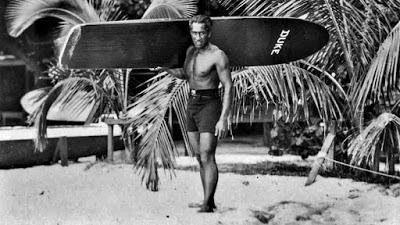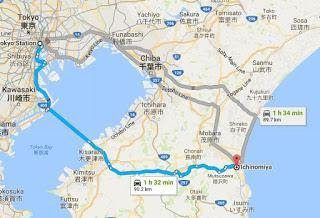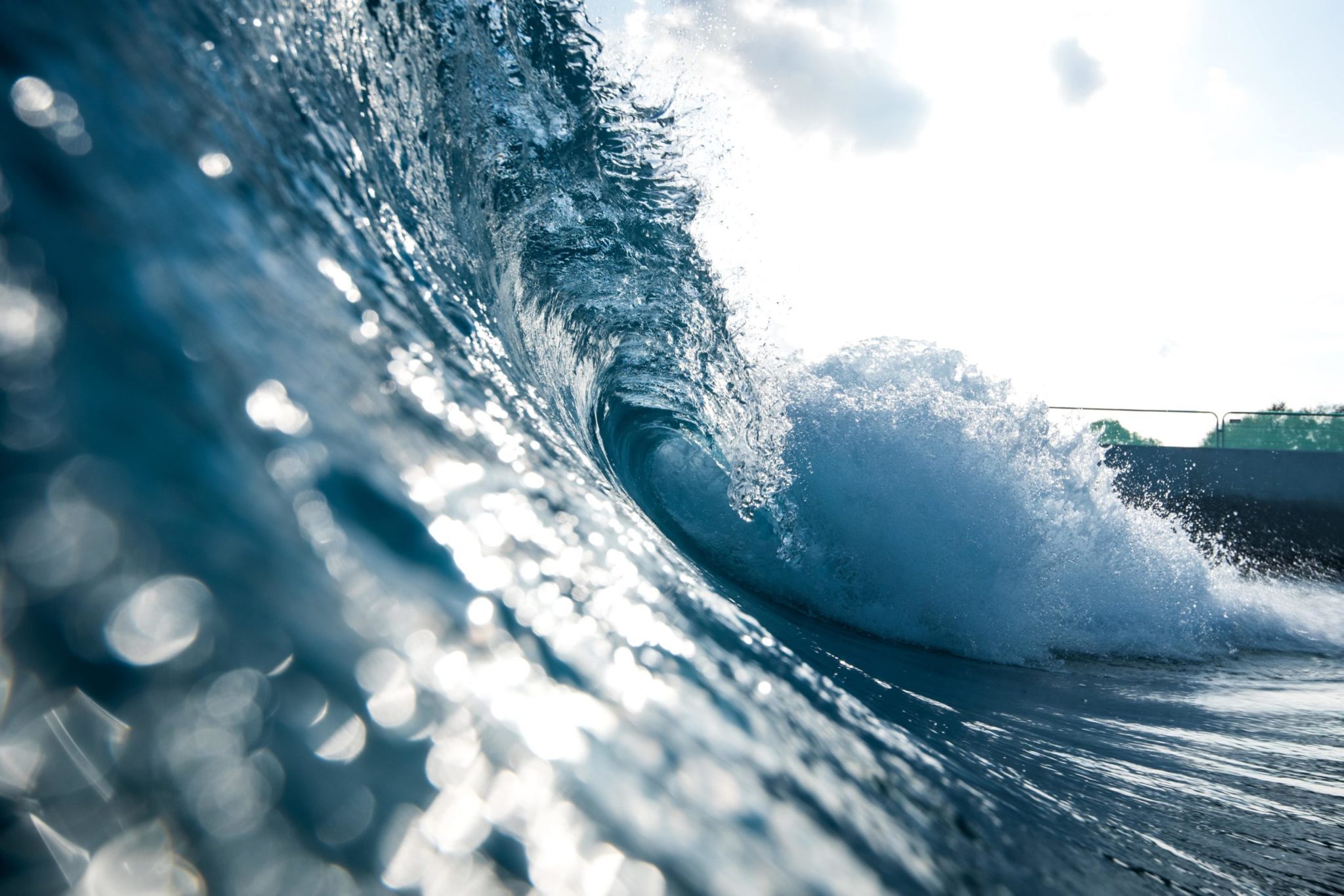Surfing is set to make its Olympic debut in the Tokyo Games this year and UK Sport recently announced a £1.35 million investment into surfing, as part of a new Progression investment, which supports the long-term medal potential of new Olympic sports to uncover champions of the future.
I thought I’d share a few of my thoughts on what the Olympics mean for the sport we love, info on the format for surfing at the Games, a bit of history and of course my own attempt at predicting the medal winners!
Olympic Surfing history
On 3 August 2016, the International Olympic Committee voted for the inclusion of surfing as one of the five new sports that would be included at Tokyo 2020. This will be surfing’s first appearance at the Olympics.
The art of riding waves on a surfboard has existed for hundreds of years. The Polynesians who lived on the Pacific island chains of Hawaii and Tahiti have had surfing at the core of their cultural identity since records began. Archaeological records have also shown that ancient pre-Incan cultures along the Peruvian coastline have used wave-riding crafts as early as 200 CE.
In the modern era surfing was popularised by famed waterman, and Olympian, Duke Kahanamoku from Hawaii. Kahanamoku won three gold medals in swimming at the Stockholm 1912 and Antwerp 1920 Games. He is considered the ‘father of modern surfing’ and planted the seed for surfing’s Olympic inclusion by suggesting it when he accepted his gold medal at Stockholm 1912.
Olympic surfing venue at Tokyo 2020
Surfing will make its Olympic debut at Tsurigasaki Beach approximately 100 km away from the Olympic Stadium in Tokyo. The beach lies at the heart of the Chiba Prefecture’s Pacific coastline in a town called Ichinomiya.
It is arguably the most consistent beach for surfing in Japan and has been the site of many WQS competitions over the last few years, as well as the training ground for many of Japan’s top surfers.
Olympic surfing schedule at Tokyo
The sport of surfing is as unpredictable as the ocean. Wave height, swell and wind direction and strength of the wind, and many other factors will decide whether the surf competition can take place. As these conditions can change from day-to-day, the Olympic event needs to be just as flexible. Therefore it was decided that the surfing competition at Tokyo will be held during the Olympic Surfing Festival from 25 July to 1 August 2021. This time window is to make sure that the competition can be held in the best possible wave conditions.
The competition will take four days to complete. These four days could be on consecutive days or it could be spread out during multiple days within the waiting period. Each competition day could be a maximum of nine hours and 40 minutes.
Olympic surfing competition format at Tokyo 2020
The event will involve 20 male and 20 female athletes competing in three rounds, and three finals, made up of 30-minute heats.
Round one features four athletes per heat, while round two will have five.
From round three onwards the competition turns to a one-on-one format.
During the heats each surfer will have 30 minutes to catch as many waves as they can and receive a score from 0-10 for every wave surfed. However, only the top two waves from each surfer get calculated into their final score.
Waves are scored by a panel of experienced judges using a five-point system.
Point System:
1. Commitment and difficulty: This is the most important factor and it judges the degree of difficulty, and risk of the moves performed. Because all waves are different, athletes are judged on how high-risk the wave they have chosen is, and the commitment of the surfer to maximise the scoring opportunities on each wave.
2. Innovation and progression: The judges will also award points for those who push the boundaries of modern surfing with progressive moves such as aerial or tail slide variations.
3. Variety: Judges are also looking out for athletes who incorporate many different types of manoeuvres into their surfing.
4. Combination: This considers how seamlessly a surfer can connect high scoring manoeuvres, such as barrels, turns, and aerials on the same wave.
5. Speed, power, and flow: This refers to an athlete’s style on a wave, but also the subtle technical elements that separate good surfers from great surfers. The ability to react to conditions on a wave and maintain proper speed to perform high scoring manoeuvres, the amount of power that is going into each move so that it can be displayed at it’s highest potential, and a flow in the way that a surfer connects each move from start to finish.
Top Olympic surfers at Tokyo
Surfing’s debut at the Olympics includes a line-up of ISA world champions, WSL tour legends, and a smattering of rookie professionals ready to go head to head for an Olympic title.
Modern surfing history has been dominated by Australia, Brazil and the USA although several surfers have used their dual nationality to secure a path to Olympic glory.
My top tips for Gold…
MEN:
1. Italo Ferreira
2. John John Florence
3. Gabriel Medina
Italo is a complete athlete, fun, humble but a real showman, he can pull tricks out of the bag, especially under pressure. As the Olympic surfing beach will probably be more about big hacks and aerials., I reckon it will give him the edge.
WOMEN:
1. Carissa Moore
2. Stephanie Gilmore
3. Caroline Marks
Carissa Moore heads to Tokyo the current world champion, with three more titles before to show she has consistency. She is an amazing surfer and an amazing human. I reckon she has the edge...
Historically, USA and Australia have been dominating men’s professional surfing. 32 of the 37 previous world champions have been from one of these countries.
In 2014 the landscape changed and Gabriel Medina made history by becoming the first Brazilian surfing world champion. Since then three out of the last five men’s world champions have come from Brazil. Brazil are sending two-time world champion Gabriel Medina and reigning world champion Italo Ferreira to represent them in Tokyo.
The two have been a driving force for progressive aerials and represent a changing tide in the global power balance of professional surfing.
So why are no Brits surfing in the Olympics? The simple answer is that none qualified. Not every country gets to send it’s top surfers to compete. There are only 20 places for men and 20 places for women and to qualify you had to finish in the top spots in either the ISA World Surfing Games, the World Surf League Championship Tour, or the Pan American Games. There are restrictions on how many participants per country and Japan gets two spots automatically as the host nation.
A Personal Perspective
I can't wait to see the first ever Olympic surfing competition take place. A moment that puts surfing on the map, away from the WSL pro tour, and gives others a chance to show how good they are.
In my role as Chairman of Surfing England, I am excited to see funding starting to come in to support British Surfing and enable development of the sport I love. The Olympics will really put surfing on the map in our country and I hope it will encourage more people of all backgrounds and abilities to have a go at this amazing sport...
Building a healthy surfing community!
